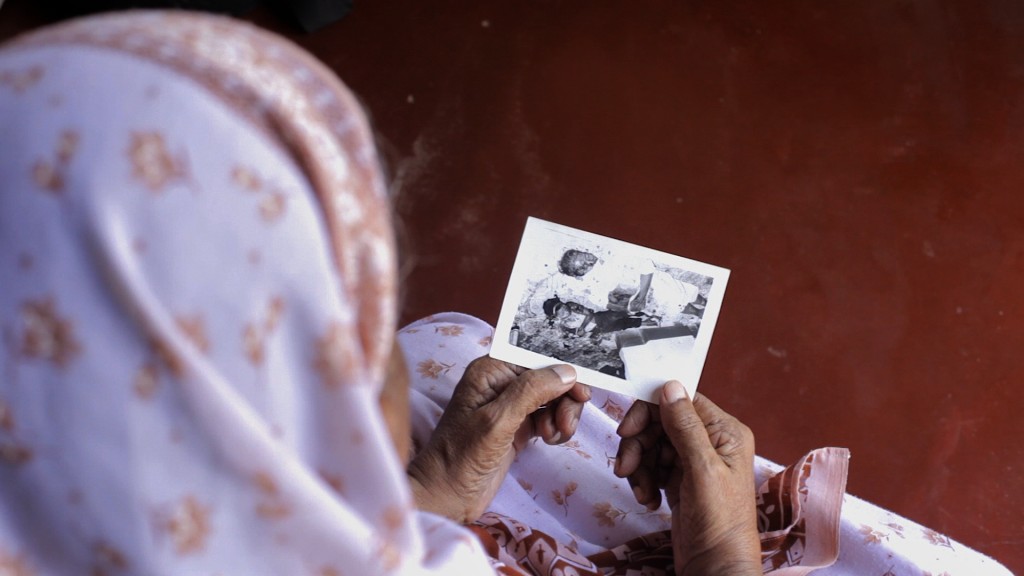Photo by Kannan Arunasalam, The Kattankudy mosque massacre in Sri Lanka: 22 years after
Twenty five years ago, Batticaloa district experienced some of the most brutal violence of Sri Lanka’s long ethnic conflict, with a series of mass killings, large scale disappearances, damage and loss to property and forced displacement taking place in the months of June, July, August and September 1990. These included the massacres and mass disappearances at Kattankudy, Sathurukondan, Eravur, Kurrukkalmadam, Vantharumoolai, Sittandy and many others. These atrocities were carried out with the involvement of armed actors from the Sinhala, Tamil and Muslim communities, and caused untold suffering to the victims and their families. The lack of information about the fate of loved ones, and the lack of acknowledgement of this violence and loss has left a legacy of pain and hurt that continues to this day.
The violence of 25 years ago also had a lasting impact on relationships between Muslim and Tamil communities in Batticaloa. Even though communities today live side by side without overt conflict, there are deep wounds that have not healed, and which hamper the regaining of trust and friendship. An honest acknowledgement of these past atrocities (especially when carried out in the name of our own communities), and a willingness to listen to the stories of everyone who suffered as a result of this violence, is a necessary step towards reducing the mistrust and anger that remains.
We call on all people of Batticaloa to remember the terrible events of 1990, and to recognise how they affected people of all communities. We ask that you extend compassion and understanding towards all those who suffered, especially those who are outside your own community. Even as we stand with the survivors of this violence, we must speak out against those who would use their suffering to cause further division and discord between the communities of Batticaloa.
On the 29th of July 2015, the Batticaloa Peace Committee and friends gathered together to remember all those who died in the senseless violence of 1990 and also those who still live with its consequences. We did this with a deep sense of sadness for the past, but also hope for the future.
